If you are hearing noises in the roof at night or find chewed food packets in the pantry in the morning, you probably have a rodent problem. However, it’s important to be able to identify the unwanted house guest as it determines the control program required to get rid of the rodents.
There are a variety of types of rodents found in NSW, around Newcastle and the Hunter Valley. They can be split into 3 groups:
- Invasive rodents – rats and mice introduced by European settlers
- Native rodents
- Other native animals that may be confused with rodents
Invasive rodents
There are three main invasive rodents – 2 types of rats (the roof rat and the sewer rat) and the common house mouse.
Roof rat (Rattus rattus)
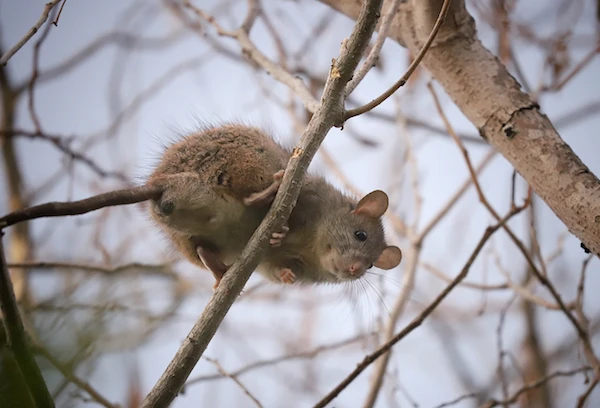
The roof rat or black rat is the most common pest rat in Australia. Although called the black rat, it’s colour can vary from brown, through to grey and black, and so colour is not the best way to identify this rat. The roof rat is easily distinguished by having a tail longer than its body, large obvious ears and as its name suggests, it’s often found nesting in roofs and trees – it’s an excellent climber.
Sewer rat (Rattus norvegicus)
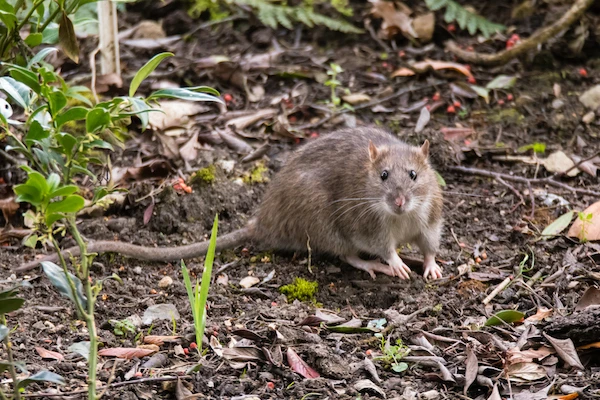
Also called the brown rat or Norway rat, the sewer rat is a big rat. It is readily distinguished from the roof rat as its tail is shorter than its body, it has small ears and although it can climb it is more readily found on the ground nesting in burrows.
House mouse (Mus musculus)
The house mouse is widespread across Australia in both urban and agricultural areas, with populations in rural areas exploding under ideal conditions for create mouse plagues. Due to its small size, it shouldn’t be confused with the pest rats, but sometimes it is confused with some native rodents.
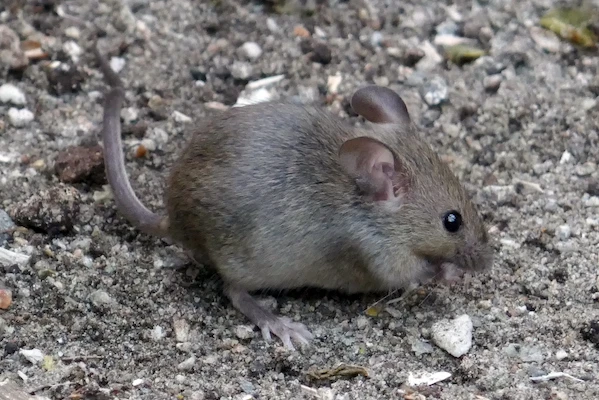
Native rodents
There are a number of types of native rodents in Australia, the most common being the bush rat (Rattus fuscipes). It is sometime confused with the roof rat, although it has a relatively short tail. Its pointed nose and its colouration (grey/brown above and lighter underneath), also set it apart. It is not commonly found in urban areas as it prefers bush areas with dense undergrowth.
The swamp rat (Rattus lutreolus) is also an abundant native species. It is quite easy to identify, due to its large size, gold tinted fur and long, white-tipped tail.
It is important to be able to tell the difference between native rodents and invasive pest rodents and harming or killing native wildlife is illegal and results in significant fines.
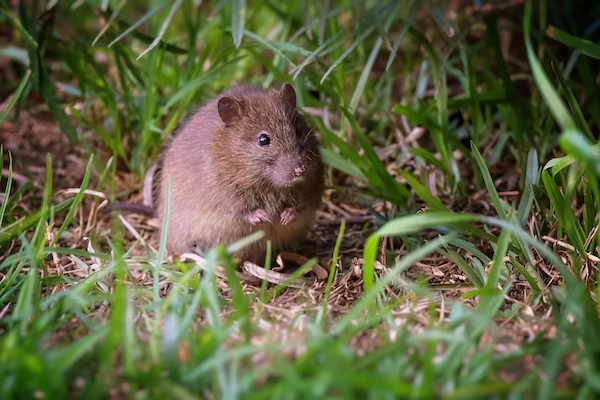
Native animals that are similar to rats
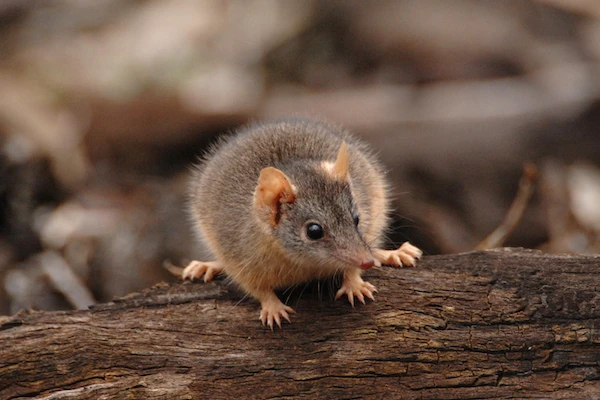
Two other animals that sometime get confused for rats include possums and antechinus.
You wouldn’t have thought either the brush tailed possum or ring-tailed possum would get confused for rats due to their large size and loud noises, but when you first hear noises in the roof, you might not be sure. But once they start banging across the roof and screeching during their fights, there should be no mistake!
Confusing an antechinus as a large mouse or small rat is a bit more forgivable as when they run very quickly across open areas it can be difficult to notice other distinguishing features. However, antechinus are actually insectivores, having very sharp teeth and pointed snouts. They may nest in sub-floors or furniture or wall voids during the breeding season (from winter through to early spring).
Much like native rodents, possums and antechinus cannot be killed and can only be relocated following strict guidelines. It is of course important to possum proof the property after removal to prevent the possums returning.
So, if you think you have unwanted furry visitors, call Rebel Pest Professionals for expert rodent identification, safe and effective rodent control programs and rodent proofing advice.
